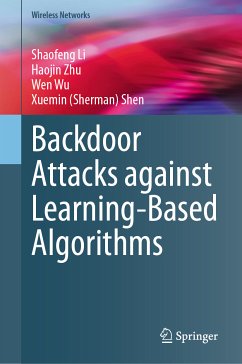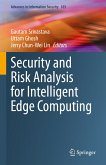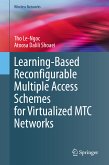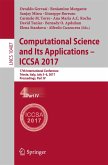Shaofeng Li received the B.E. degree in Software Engineering from Hunan University, China, and the M.E. degree in Computer Science from Northeastern University, China, in 2014 and 2017, respectively. He received the Ph.D. degree in Computer Science from Shanghai Jiao Tong University, Canada, in 2022. Starting from 2022, he works as a Post-doctoral fellow with the Department of Mathematics and Theory, Peng Cheng Laboratory. He focuses primarily on the areas of machine learning and security, specifically exploring the robustness of machine learning models against various adversarial attacks. His work has received the ACM CCS Best Paper Award Runner-Up.
Haojin Zhu is a Professor with Department of Computer Science and Engineering, Shanghai Jiao Tong University, China. He received his B.Sc. degree (2002) from Wuhan University (China), M.Sc.(2005) degree from Shanghai Jiao Tong University (China), both in computer science and the Ph.D. in Electrical and Computer Engineering from the University of Waterloo (Canada), in 2009. He has published in more than 60 journals, including: JSAC, TDSC, TPDS, TMC, TIFS, TWC, TVT and more than 90 international conference papers, including IEEE S&P, ACM CCS, USENIX Security, ACM MOBICOM, NDSS, ACM MOBIHOC, IEEE INFOCOM, IEEE ICDCS. He received IEEE Fellow (2023), IEEE VTS Distinguished Lecturer (2022), the IEEE ComSoc Asia-Pacific Outstanding Young Researcher Award (2014) for the contribution to wireless network security and privacy, Top 100 Most Cited Chinese Papers Published in International Journals of 2014, Supervisor of Shanghai Excellent Master Thesis, and best paper awards of IEEE ICC 2007, Chinacom 2008 and best paper award runner up for Globecom 2014, WASA 2017, and ACM CCS 2021. He is leading the Network Security and Privacy Protection (NSEC) Lab.
Wen Wu received the B.E. degree in Information Engineering from South China University of Technology, Guangzhou, China, andthe M.E. degree in Electrical Engineering from University of Science and Technology of China, Hefei, China, in 2012 and 2015, respectively. He received the Ph.D. degree in Electrical and Computer Engineering from University of Waterloo, Waterloo, ON, Canada, in 2019. Starting from 2019, he works as a Post-doctoral fellow with the Department of Electrical and Computer Engineering, University of Waterloo. Currently, he is an associate professor with the Department of Mathematics and Theory, Pengcheng Laboratory. His research interests include millimeter-wave networks and AI-empowered wireless networks.
Xuemin (Sherman) Shen received the Ph.D. degree in electrical engineering from Rutgers University, New Brunswick, NJ, USA, in 1990. He is a University Professor with the Department of Electrical and Computer Engineering, University of Waterloo, Canada. His research focuses on network resource management, wireless network security, Internet of Things, 5G andbeyond, and vehicular ad hoc and sensor networks. Dr. Shen is a registered Professional Engineer of Ontario, Canada, an Engineering Institute of Canada Fellow, a Canadian Academy of Engineering Fellow, a Royal Society of Canada Fellow, a Chinese Academy of Engineering Foreign Member, and a Distinguished Lecturer of the IEEE Vehicular Technology Society and Communications Society. Dr. Shen received the Canadian Award for Telecommunications Research from the Canadian Society of Information Theory (CSIT) in 2021, the R.A. Fessenden Award in 2019 from IEEE, Canada, Award of Merit from the Federation of Chinese Canadian Professionals (Ontario) in 2019, James Evans Avant Garde Award in 2018 from the IEEE Vehicular Technology Society, Joseph LoCicero Award in 2015 and Education Award in 2017 from the IEEE Communications Society, and Technical Recognition Award from Wireless Communications Technical Committee (2019) and AHSN Technical Committee (2013). Dr. Shen is the President of the IEEE Communications Society. He was the Vice President for Technical & Educational Activities, Vice President for Publications, Member-at-Large on the Board of Governors, Chair of the Distinguished Lecturer Selection Committee, Member of IEEE Fellow Selection Committee of the ComSoc. Dr. Shen served as the Editor-in-Chief of the IEEE IoT Journal, IEEE Network, and IET Communications.









